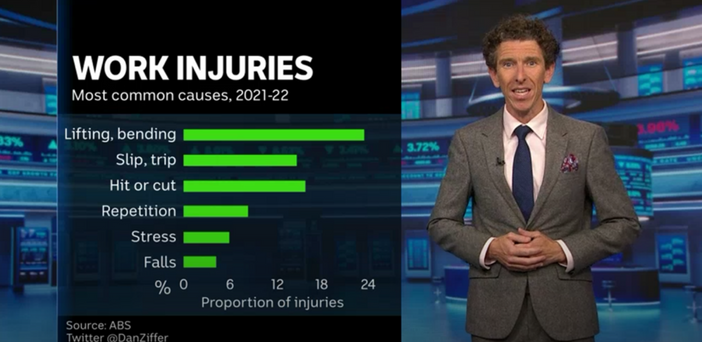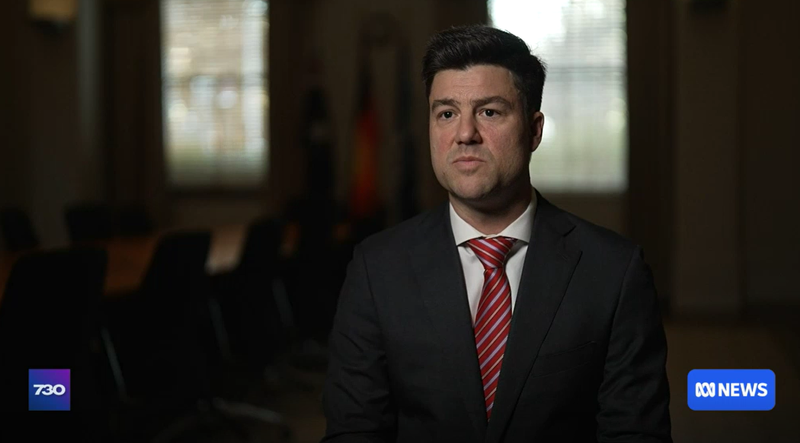Too little, too late? Govt’s promise to include more aged care staff in pay rise is welcome – but pay only part of the problem
The Federal Government’s commitment to extend the aged care pay rise to other workers including chefs and lifestyle officers is a positive step forwards, but the decision to hold off on the wage rise will cost more in the long run as the sector...

The Federal Government’s commitment to extend the aged care pay rise to other workers including chefs and lifestyle officers is a positive step forwards, but the decision to hold off on the wage rise will cost more in the long run as the sector continues to bleed staff.
As discussed below, the Government has written to the Fair Work Commission (FWC), pledging to include other aged care workers in the pay rise – an omission that had been a major sticking point with providers, unions and staff.
However, the same submission has also confirmed that the 10% wage rise won’t take place until July, with a further rise of 5% scheduled for July next year – 18 months away. The remaining 10% originally pressed for by the unions is still under consideration by the FWC.
But even with a 15% pay rise, workforce shortages across the aged care sector are not going to go away.
Providers tell us that they continue to see workers exit to other sectors with better pay and more flexible working conditions.
Aged care is not a job that can be done from remotely from home – staff need to be there with their residents or clients which often comes at the risk to their own health.
The ABC’s Daniel Ziffer noted in his finance report last night that 7% of aged care and community care workers were injured on the job last year (pictured above) – the most affected group in Australia, even higher than tradespeople.
There is also the little-discussed issue of long COVID among aged care workers – while figures are still out, it is expected that aged care workers will represent a disproportionate number of cases into the future.
The Government wrote in its statement that the FWC should not take the issue of staff “attraction and retention” into its decision making, saying this is concerned with an individual’s decision to become or remain employed.
Perhaps that is exactly what the FWC should be doing.





